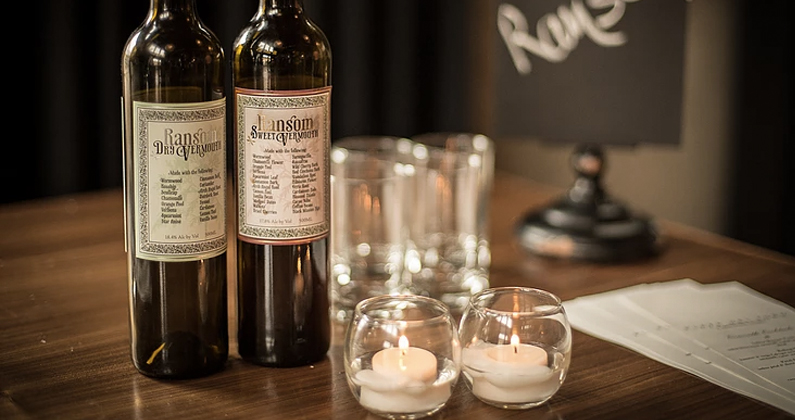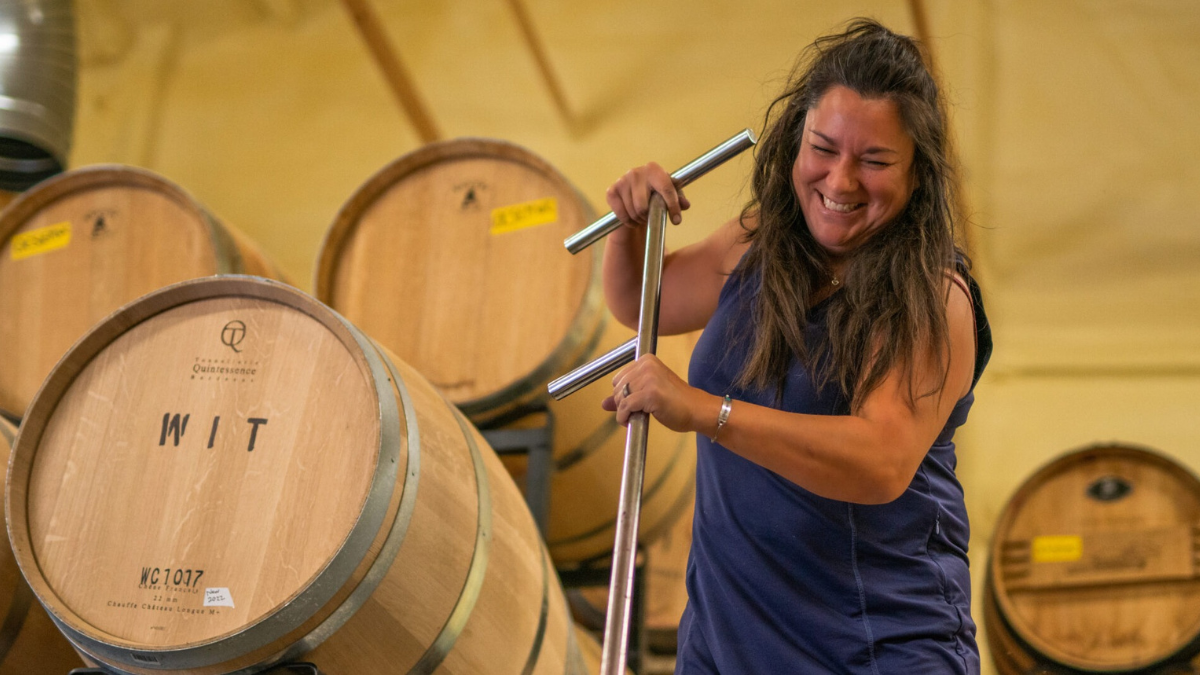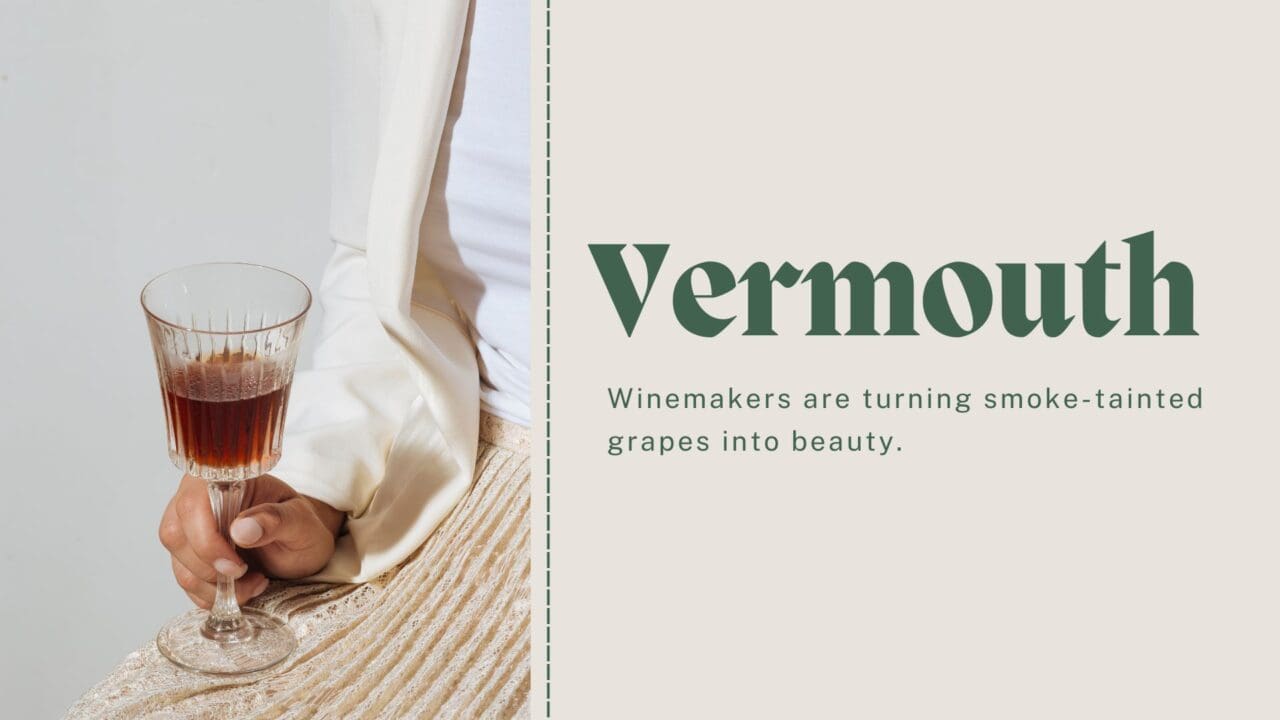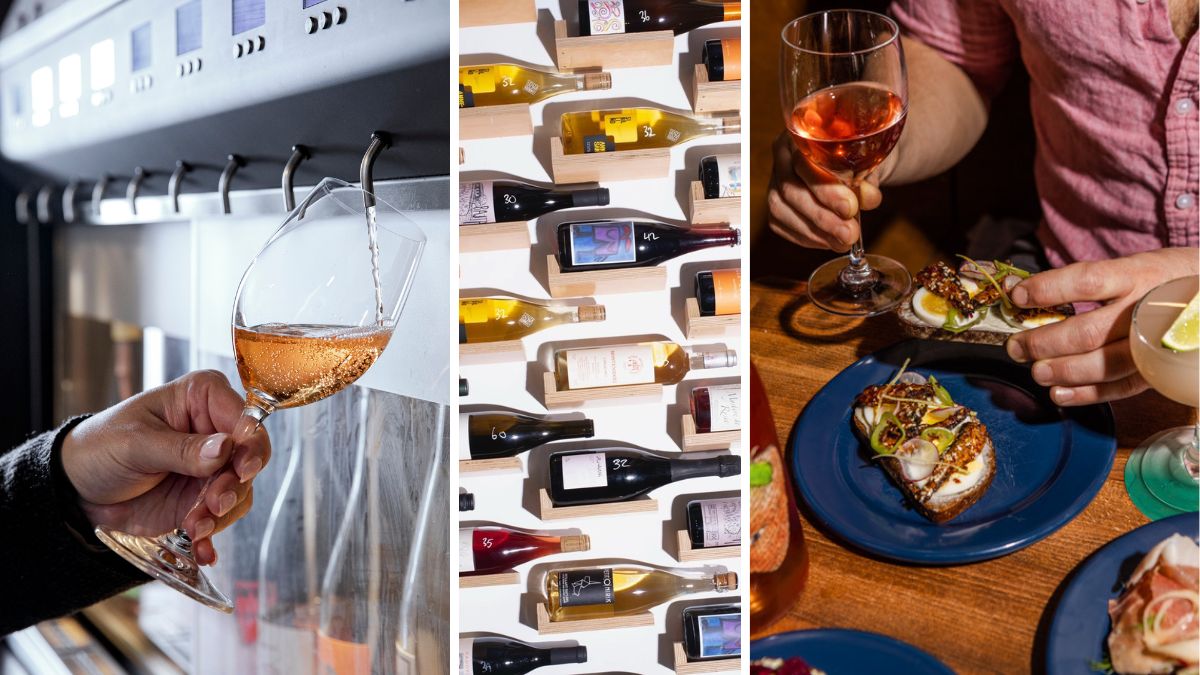If you’ve sat at the bar and enjoyed a Negroni or a Manhattan, chances are you’ve sipped vermouth. But what exactly is it? Although vermouth can be typically found as a welcomed ingredient for the perfect cocktail, it can be so much more than just a mixer. Vermouth is a wildly complicated beverage, intently made and packed with flavor. To learn a bit more, we sat down with Tad Seestedt, owner of Oregon’s Ransom Wine Co. & Distillery, to find out how vermouth is made and the other ways to enjoy it in this Vermouth 101.
Starting with Grapes
In essence, vermouth is a blend of wine and brandy, with botanicals and fruits added to enhance its flavor. According Seestedt, the brandy is added to bring up the alcohol content, typically in the 16 to 18 percent window.
All vermouth gets it start from white grapes with great aromatics such as Muscat or Riesling. During the winemaking process, the grapes sit on the skins and ferment. Soon after fermentation, the juice is fortified with brandy before aging. The aging time differs, depending on the vermouth’s recipe, dictating that some batches may age from one to four years, while a portion of the final product may be a fresh ferment from that year.
“By doing this, it gives the vermouth more depth and complexity in the aromatics,” Seestedt says. “It gives you a mixture of young, fresh fruit mixed with barrel aged wine to bring out different characteristics. Vermouth is very non-vintage specific.”
Blending & Botanicals
Following the aging process, it’s time to add the various botanicals. The word vermouth is French, derived from the German word for wormwood, and in order to truly be considered vermouth, the aromatized mixture should incorporate it.
For Ransom, it took five years to develop the sweet vermouth recipe, incorporating 24 botanicals, and two years to develop the dry vermouth recipe, incorporating a total of 18. Each utilizes a botanical infusion of similar items such as chamomile and orange peel, as well as estate-grown wormwood. The process of adding the botanicals is a bit like making tea, steeping a certain botanical for a specific amount of time.
Seestedt says some additions only interact with the vermouth as short as two weeks, while some are steeping for two months or longer. And the rate at which they are introduced all depends on the item, as some can be added individually, while others complement each other in groups. Once all of the components have been blended, the vermouth is bottled very soon after.
How to Sip
While most enjoy vermouth as a mixer in a classic cocktail, it can be enjoyed straight. According to Seestedt, it truly does have the potential to stand on its own, but many enjoy it with apprehension.
“Most people just think of vermouth as something to use in a cocktail, but it can be appreciated just by itself,” he adds. “We made ours aromatically enticing and pleasant enough to taste on its own, looking at vermouth in its own category.”






